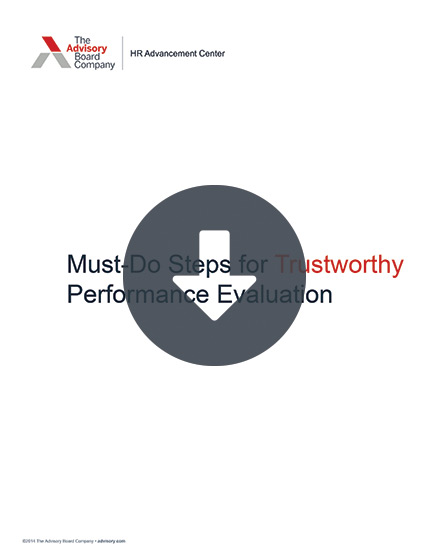Auto logout in seconds.
Continue LogoutRNs and physicians/surgeons are among the top 10 occupations with the largest gender pay gaps, according to a new report from the American Association of University Women.
Report details
For the report, the authors drew data primarily from the 2017 Current Population Survey administered by the U.S. Census Bureau and the Bureau of Labor Statistics. The agencies conduct the survey monthly with a sample of 100,000 households.
Overall, median earnings for women working full-time in the United States was $41,977 in 2017, compared with $52,146 for men.
The report also ranked the 10 professions with the highest collective pay gaps—that is, the amount of additional money all of the women working in a field would make if they earned the same amount as men in their field. The 10 professions with the highest collective pay gaps, including three in the health care industry, were:
- Financial managers;
- Physicians/surgeons;
- Accountants and auditors;
- Supervisors of retail workers;
- RNs;
- Marketing and sales managers;
- Lawyers;
- Chief executives;
- Medical & health services managers; and
- Education administrators.
The collective wage gap between male and female physicians and surgeons in 2017 was $19,543,000,000. Female physicians and surgeons were paid 71% of what male physicians and surgeons are paid, according to the report.The collective wage gap between male and female RNs in 2017 was $12,509,000,000. Female RNs were paid 92% of what male RNs are paid. The collective wage gap between male and female medical and health services managers was $9,287,000,000. Female medical and health services managers were paid 77% of what male medical and health services managers were paid.
Overall, the gender pay gap existed for every age group and worsened with age, the report found. For example, women ages 20 to 24 were paid 90% as much as men, but that percentage dropped to between 78% and 89% for women ages 25 to 54, and 78% for women ages 55 to 65.
The wage gap between women of color and white men generally was larger than the wage gap between white women and white men, the report found. Black women were paid 61% as much as white men, American Indian/Alaskan native women were paid 58%, and Latinas were paid 53%.
The wage gap was largely consistent across education levels. Women with less than a high school diploma or a high school diploma and no further education were paid 77% of what men with the same education were paid. Women with bachelor's degrees and women with advanced degrees both were paid 74% of what men with equivalent degrees were paid.
How employers can address the wage gap
The authors of the report offer three ways employers can address the gender wage gap.
- Conduct pay audits. The authors recommend that employers perform a comprehensive pay audit to analyze their employees' salaries and make adjustments accordingly. In 2015, Salesforce performed such an audit that led to salary adjustments for 6% of their employees and a 33% increase in the number of women promoted.
- Prohibit retaliation for wage disclosure. Pay disparities "are notoriously difficult to detect," the authors write, and one reason for this is that "many employees have no way of knowing when they are shortchanged." Some employees can also face retaliation for inquiring about other peoples' wages. In light of this, employers should eliminate these retaliation penalties in order to help close the gender wage gap, the authors write.
- Ban the use of prior salary history. Use of salaries at jobs "perpetuates the gender pay gap because it assumes that prior salaries were fairly established by previous employers," the authors write. Using prior salary history can also "introduce bias and discrimination into the recruitment process," they add. Instead, employers should utilize market research to determine what a prospective employee's position is worth, the authors write (Knowles, Becker's Hospital Review, 10/30; American Association of University Women report, accessed 11/26; American Association of University Women report summary, accessed 11/26).
Don't miss out on the latest Advisory Board insights
Create your free account to access 1 resource, including the latest research and webinars.
Want access without creating an account?
You have 1 free members-only resource remaining this month.
1 free members-only resources remaining
1 free members-only resources remaining
You've reached your limit of free insights
Become a member to access all of Advisory Board's resources, events, and experts
Never miss out on the latest innovative health care content tailored to you.
Benefits include:
You've reached your limit of free insights
Become a member to access all of Advisory Board's resources, events, and experts
Never miss out on the latest innovative health care content tailored to you.
Benefits include:
This content is available through your Curated Research partnership with Advisory Board. Click on ‘view this resource’ to read the full piece
Email ask@advisory.com to learn more
Click on ‘Become a Member’ to learn about the benefits of a Full-Access partnership with Advisory Board
Never miss out on the latest innovative health care content tailored to you.
Benefits Include:
This is for members only. Learn more.
Click on ‘Become a Member’ to learn about the benefits of a Full-Access partnership with Advisory Board
Never miss out on the latest innovative health care content tailored to you.

